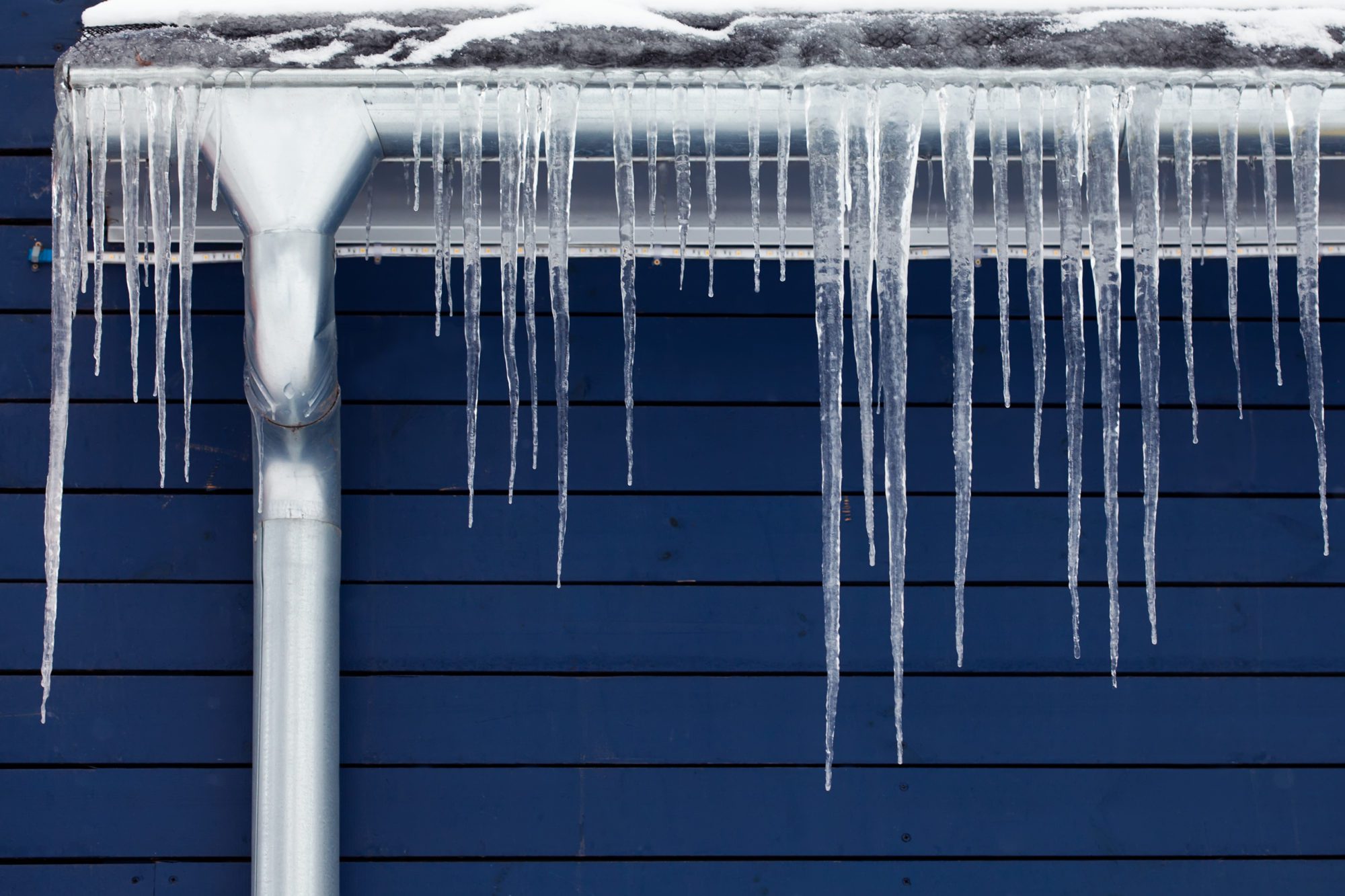Advice for Avoiding Frozen Plumbing in Winter: Professional Advice
Advice for Avoiding Frozen Plumbing in Winter: Professional Advice
Blog Article
The publisher is making a number of great points on How to Prevent Your Pipes From Freezing as a whole in this content just below.

Cold weather can damage your pipes, particularly by freezing pipelines. Below's exactly how to prevent it from occurring and what to do if it does.
Introduction
As temperatures decrease, the risk of frozen pipelines rises, potentially causing expensive fixings and water damages. Recognizing exactly how to stop icy pipes is important for house owners in cool environments.
Prevention Tips
Shielding vulnerable pipes
Wrap pipelines in insulation sleeves or make use of warmth tape to safeguard them from freezing temperature levels. Focus on pipelines in unheated or exterior locations of the home.
Home heating techniques
Keep indoor rooms sufficiently warmed, especially areas with plumbing. Open up closet doors to enable warm air to distribute around pipelines under sinks.
How to determine icy pipelines
Look for reduced water flow from faucets, unusual smells or noises from pipes, and visible frost on subjected pipes.
Long-Term Solutions
Architectural changes
Take into consideration rerouting pipes far from outside wall surfaces or unheated areas. Include additional insulation to attics, basements, and crawl spaces.
Updating insulation
Invest in top notch insulation for pipes, attics, and wall surfaces. Appropriate insulation helps maintain constant temperatures and decreases the danger of frozen pipes.
Protecting Exterior Pipes
Garden pipes and outdoor taps
Separate and drain garden tubes before wintertime. Install frost-proof spigots or cover exterior taps with insulated caps.
Comprehending Frozen Pipelines
What triggers pipes to ice up?
Pipelines ice up when subjected to temperature levels listed below 32 ° F (0 ° C) for extended periods. As water inside the pipes freezes, it expands, putting pressure on the pipe walls and possibly triggering them to rupture.
Dangers and problems
Icy pipes can cause water disruptions, building damage, and costly repairs. Burst pipes can flooding homes and trigger comprehensive structural damages.
Signs of Frozen Pipes
Determining icy pipes early can avoid them from rupturing.
What to Do If Your Pipelines Freeze
Immediate actions to take
If you think frozen pipelines, maintain taps open to eliminate stress as the ice melts. Utilize a hairdryer or towels soaked in warm water to thaw pipelines gradually.
Verdict
Preventing icy pipelines needs proactive measures and fast feedbacks. By comprehending the causes, signs, and preventive measures, home owners can protect their pipes throughout winter.
5 Ways to Prevent Frozen Pipes
Drain Outdoor Faucets and Disconnect Hoses
First, close the shut-off valve that controls the flow of water in the pipe to your outdoor faucet. Then, head outside to disconnect and drain your hose and open the outdoor faucet to allow the water to completely drain out of the line. Turn off the faucet when done. Finally, head back to the shut-off valve and drain the remaining water inside the pipe into a bucket or container. Additionally, if you have a home irrigation system, you should consider hiring an expert to clear the system of water each year.
Insulate Pipes
One of the best and most cost-effective methods for preventing frozen water pipes is to wrap your pipes with insulation. This is especially important for areas in your home that aren’t exposed to heat, such as an attic. We suggest using foam sleeves, which can typically be found at your local hardware store.
Keep Heat Running at 65
Your pipes are located inside your walls, and the temperature there is much colder than the rest of the house. To prevent your pipes from freezing, The Insurance Information Institute suggests that you keep your home heated to at least 65 degrees, even when traveling. You may want to invest in smart devices that can keep an eye on the temperature in your home while you’re away.
Leave Water Dripping
Moving water — even a small trickle — can prevent ice from forming inside your pipes. When freezing temps are imminent, start a drip of water from all faucets that serve exposed pipes. Leaving a few faucets running will also help relieve pressure inside the pipes and help prevent a rupture if the water inside freezes.
Open Cupboard Doors
Warm your kitchen and bathroom pipes by opening cupboards and vanities. You should also leave your interior doors ajar to help warm air circulate evenly throughout your home.

I stumbled upon that blog posting about How to Prevent Your Pipes From Freezing while browsing the internet. Sharing is good. One never knows, you could be helping someone out. Thanks a lot for your time invested reading it.
Visit Our Site Report this page